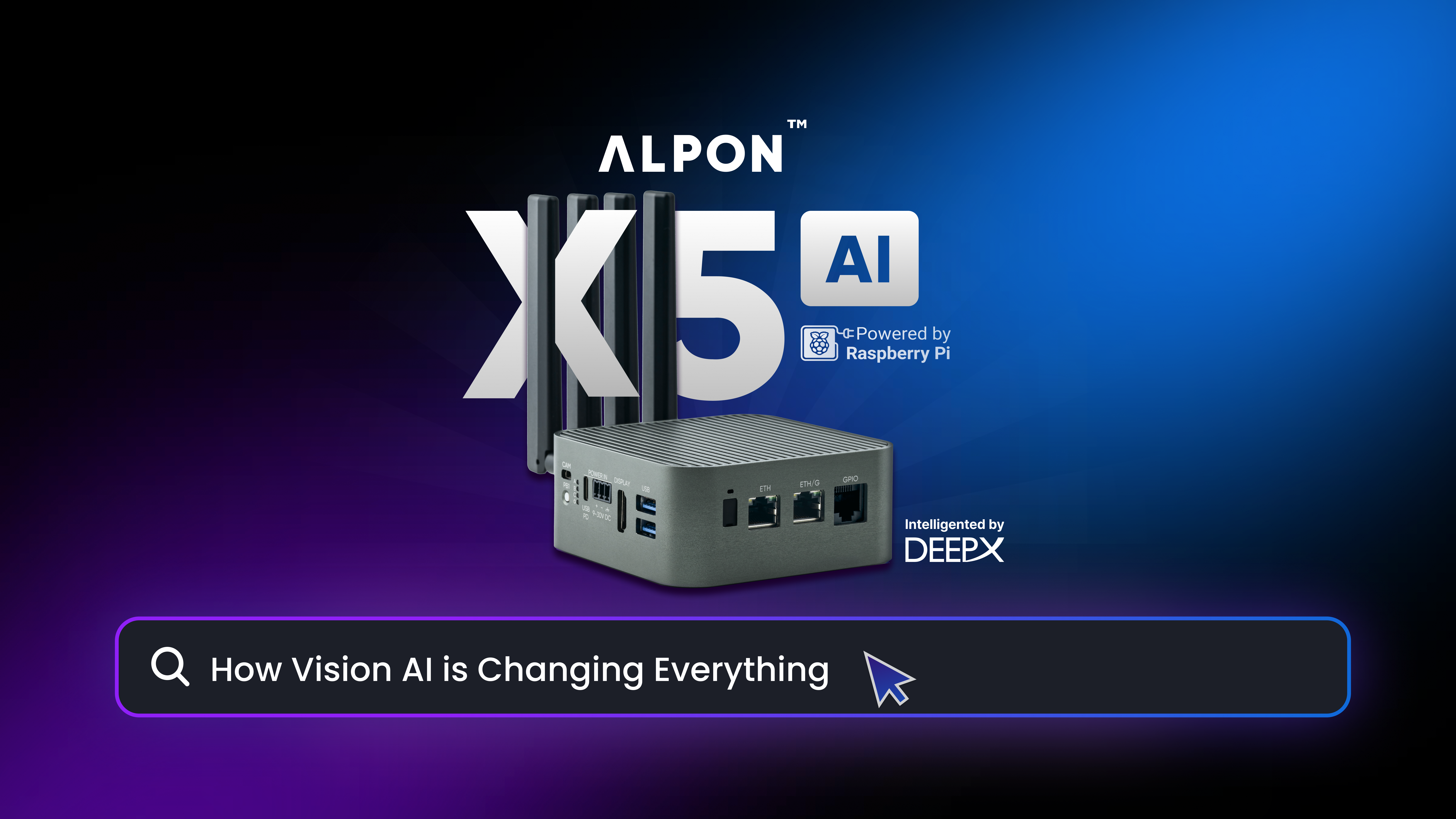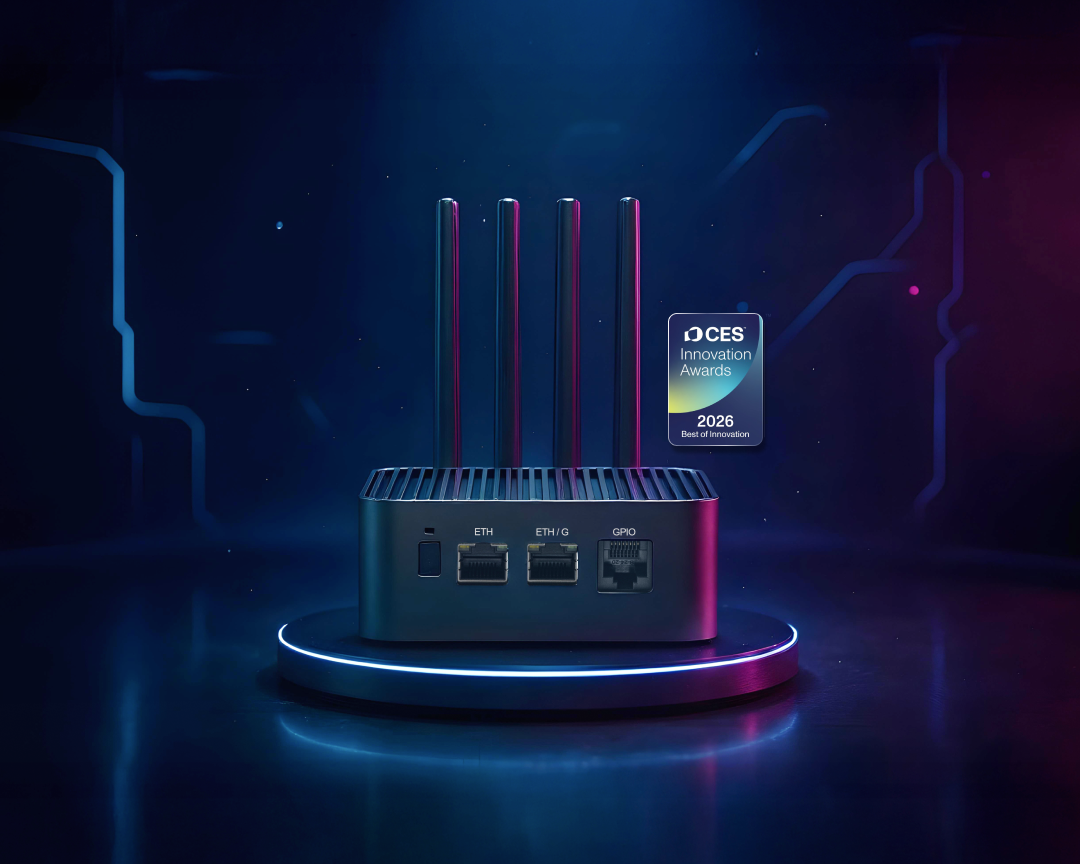In the fiercely competitive manufacturing landscape of today, the key to survival lies in the relentless pursuit of maximizing production uptime and minimizing downtime. This is where IoT Edge technology steps in, a revolutionary tool that is reshaping how manufacturers approach predictive maintenance for enhanced manufacturing efficiency and production optimization. This article delves into the concrete ways in which forward-thinking companies are not just using IoT Edge to stay afloat, but to gain a substantial advantage over their rivals. The time to adopt this technology is now.
From Breakdowns to Breakthroughs
For manufacturers, maintaining the smooth operation of our production lines is of utmost importance. The traditional reactive maintenance approach, where we wait for a machine to break down before repairing it, is no longer viable. However, with the advent of predictive maintenance, we can adopt a proactive stance, using data to anticipate potential equipment failures before they happen. By strategically placing small sensors on our machinery, we can access a continuous flow of crucial data – temperature, vibration, and other internal readings that can serve as early warning signs for potential issues. We can then analyze this data using machine learning algorithms to detect anomalies and forecast equipment failures. This is where IoT Edge technology shines, offering real-time data analysis without the time delay associated with traditional cloud-based methods.However, traditional cloud-based data analysis can introduce a time delay, especially for real-time data. This is where IoT Edge computing comes in.
The Power of IoT Edge
IoT Edge computing functions as a compact data center integrated within our network, situated close to the machines on the manufacturing floor. This setup enables near real-time sensor data processing, with analysis occurring on-site or nearby. The immediate insights from this process facilitate quicker decision-making, a crucial advantage in the fast-paced manufacturing environment.
Real-World Examples: IoT Edge in Action
Here are a few examples of how IoT Edge is being used in different industries:
- Optimizing Efficiency in Dairy Farming: Dairy farmers are increasingly adopting IoT Edge technology combined with artificial intelligence (AI) to ensure the health and productivity of their cows. For instance, at Hurtgenlea Holsteins, a dairy farm in Elkhorn, Wisconsin, sensors from smaXtec are used to monitor the health and digestion of their 300 registered Holstein cows. The sensors are placed inside the cow’s rumen, the first stomach, to track vital health indicators. This technology enables farmers to detect early signs of illness or stress, allowing them to take preventive measures, improve the quality of care, and ultimately increase milk production. As labor becomes scarcer, such IoT Edge solutions play a crucial role in ensuring the well-being of dairy cows while maintaining farm profitability. Read more.
- Automobile Assembly Lines: Sensor-laden systems monitor everything from engine temperature to weld integrity, enabling preventive maintenance and avoiding costly recalls. For instance, BMW utilizes a network of IoT sensors to track data on thousands of robots on their production lines. By analyzing vibration and temperature readings, they can predict potential equipment failures and schedule maintenance before breakdowns occur, minimizing production disruptions. Read more.
- Optimizing Wind Turbine Performance: Similar technology is used in the wind industry to monitor vital data from wind turbines, allowing them to predict potential issues with engines or other critical systems before they pose a safety risk. Siemens employs AI and ML for predictive maintenance in wind turbines, optimizing maintenance schedules and reducing downtime. Siemens publishes >85% remote issue resolution rate. This results in significant cost savings and ensures the continued reliability of wind farms. Read more.
Deeper Insights: Types of Sensors and Data Collection
The specific types of sensors used will vary depending on the application. Here are some common examples:
| Sensor Type | Data Collected | Applications in Manufacturing |
| Vibration Sensors | Detect bearing wear, a common cause of equipment failure. | Monitoring motors, pumps, and other rotating equipment. |
| Temperature Sensors | Monitor for overheating, which can damage machinery. | Monitoring furnaces, kilns, and other heat-generating equipment. |
| Acoustic Sensors | Detect unusual sounds, like a fan bearing on its last legs. | Leak detection, malfunctioning valves, and other anomalies. |
The data collected from these sensors is then fed into machine learning algorithms. These algorithms can learn equipment’s standard operating patterns and identify subtle deviations that might indicate an impending issue. This goes beyond simple threshold-based monitoring used in traditional predictive maintenance.
Predictive Analytics with Machine Learning
As artificial intelligence (AI) and machine learning (ML) become even more sophisticated, predictive maintenance using IoT Edge is poised to become even more powerful. Imagine AI algorithms constantly analyzing sensor data, identifying potential problems, and predicting their root causes! This would enable maintenance teams to take a proactive approach to problem-solving, further optimizing production efficiency.
Here’s how AI and ML can specifically enhance predictive maintenance:
- Advanced Anomaly Detection: Machine learning algorithms can learn equipment’s operating patterns and identify subtle deviations that might indicate an impending issue. This goes beyond simple threshold-based monitoring used in traditional predictive maintenance.
- Predictive Diagnostics: Machine learning can analyze historical data alongside sensor readings to predict failures and pinpoint their root causes. This allows for targeted maintenance actions, reducing downtime and repair costs.
- Prescriptive Maintenance: In the future, AI systems may even be able to recommend corrective actions, such as adjustments to operating parameters or scheduling preventive maintenance based on the predicted issue and severity. This level of automation can significantly reduce human error and ensure timely interventions, leading to maximized production uptime.
The Balancing Act: Benefits and Challenges
The benefits of using IoT Edge for predictive maintenance are undeniable. Reduced downtime translates to more production hours, significantly boosting your bottom line. Deloitte reports that predictive maintenance can increase overall equipment efficiency (OEE) by up to 15% and reduce maintenance costs by up to 30% [Source: Deloitte US, Predictive maintenance and the smart factory]. Imagine the efficiency gains from strategically allocating maintenance resources before breakdowns occur! In addition, with early problem detection, we can nip potential equipment failures in the bud, saving on expensive repairs and replacements.Of course, no silver bullet exists. Security concerns are paramount when dealing with data. Implementing robust security measures like encryption and access controls is crucial. Additionally, integrating this technology with legacy systems can be a hurdle. There may be challenges migrating data or ensuring compatibility with older equipment or software.
Cost Analysis and Return on Investment (ROI)
While the benefits of IoT Edge for predictive maintenance are significant, there are initial investment costs to consider. These include:
- Sensors: The cost of sensors can vary depending on the type, complexity, and number required.
- Hardware: Implementing an IoT Edge system might require additional hardware like edge gateways or data processing units.
- Software: Software licenses for data processing, analytics tools, and machine learning algorithms are needed.
- Implementation and maintenance: The costs of installation, configuration, and ongoing system maintenance must be factored in.
Scalability and Customization
The beauty of IoT Edge solutions is their scalability. They can be tailored to fit the needs of manufacturers of all sizes. Large enterprises with complex operations might require a more comprehensive setup with numerous sensors and advanced data analytics tools. Smaller manufacturers can benefit from implementing a more basic system that monitors critical equipment. Additionally, many solution providers offer customization options to cater to specific industry requirements and integration needs.
Several manufacturers across various industries have successfully adopted IoT Edge for predictive maintenance. Researching these success stories can provide valuable insights into your specific operation’s scalability and potential benefits. The key is to choose a solution that scales with your particular requirements and budget.
The Road Ahead: Embracing Predictive Maintenance with IoT Edge and Achieving ROI
As a manufacturer, staying ahead of the curve is critical. Implementing IoT Edge for predictive maintenance offers a compelling solution, empowering you to gain a significant competitive advantage and achieve a substantial return on investment (ROI). Here’s how:
- Increased Efficiency and Reduced Downtime: Predictive maintenance significantly reduces unplanned downtime caused by equipment failures. This translates to increased production output, higher profits, and cost savings.
- Improved Asset Performance and Lower Maintenance Costs: Early detection of equipment issues helps prevent major breakdowns and extends the lifespan of valuable machinery. This reduces the need for frequent replacements and lowers overall maintenance costs.
- Data-Driven Decision Making for Optimized Operations: Real-time insights from sensor data empower better decision-making regarding maintenance schedules, resource allocation, and production planning. This leads to optimized operations and additional cost savings.
Don’t wait to take the plunge! Research potential solution providers today and discover how IoT Edge for predictive maintenance can revolutionize your approach to manufacturing, propelling you toward a future of maximized efficiency, profitability, and a significant return on investment.
Meet Alpon X4: Redefining Productivity in Smart Manufacturing
As a manufacturer, staying ahead of the curve is critical. Implementing IoT Edge for predictive maintenance offers a compelling solution, empowering you to gain a significant competitive advantage and achieve a substantial return on investment (ROI).
With Alpon X4 by Sixfab, the possibilities are limitless. This cutting-edge edge computing solution is specifically designed to help manufacturers unlock the full potential of IoT Edge, ensuring maximum uptime, enhanced efficiency, and real-time decision-making. Don’t wait to transform your operations—explore how Alpon X4 can revolutionize your manufacturing processes today.



